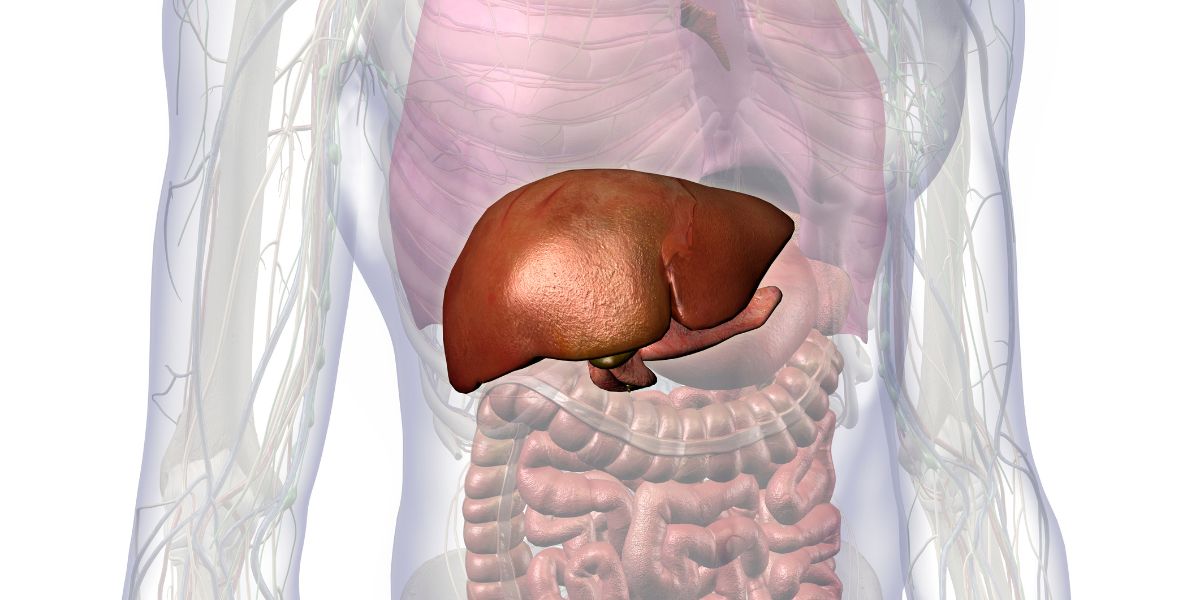The hidden sugar in processed food - cakes, biscuits, cheese, breads etc... is far more worrying though. I just eat away at fruit and vegetables, always checking any tinned fruit is packed in juice, never syrup etc.. and mostly keeping my veg and fruit fresh or frozen only. I have lost 3 stone in four months by sticking to all fresh fruit and vegetables including 'sweet' treats made of oatflakes, egg and fat free yogurt with all variety of added fruit and cooked in airfryer, and my blood sugars remain averaging around 5.4 before food and up to 7 or so two hours+ after food - I have cut all breads made from wheat out completely) Only once did I get a sugar surge but I had eaten a rather large very full dish of fruity treats of mixed melons, bananas and every other fruit you could think of with ricotta, but by the subsequent test it was back to normal again. If we have to worry about sugars in vegetables we're taking this thing too far imo!



